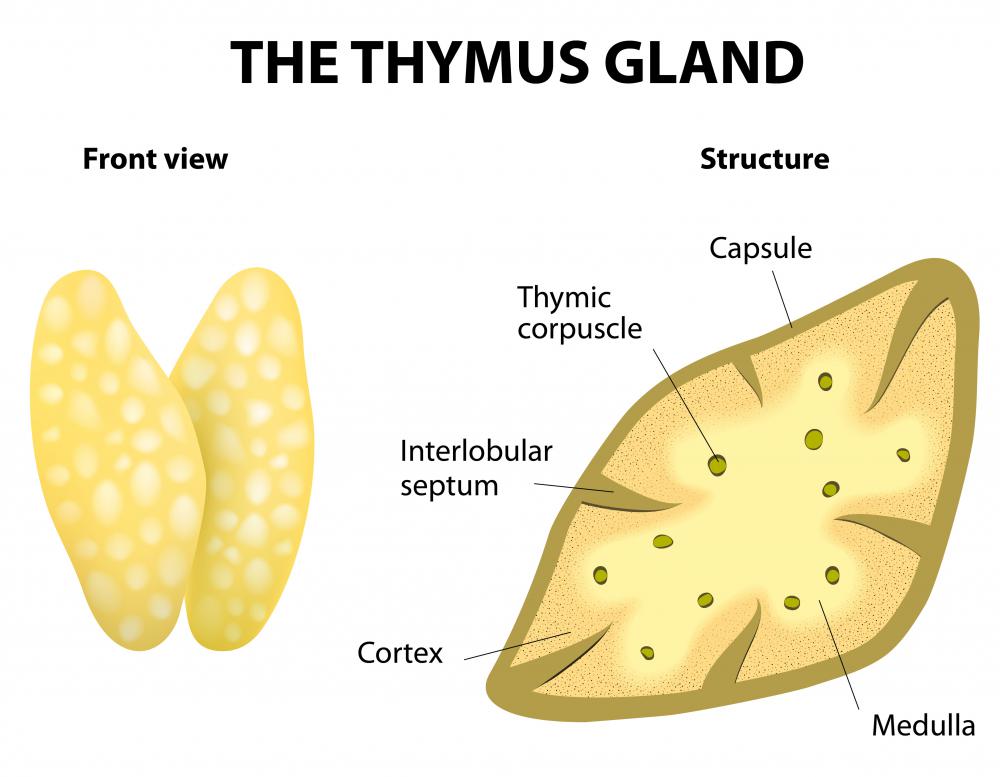At WiseGEEK, we're committed to delivering accurate, trustworthy information. Our expert-authored content is rigorously fact-checked and sourced from credible authorities. Discover how we uphold the highest standards in providing you with reliable knowledge.
What Is the Posterior Mediastinum?
The upper trunk or thorax area of the body contains several crucial structures necessary for survival including the heart, lungs, thymus gland, trachea and esophagus, and key blood vessels such as the aorta. The mediastinum runs from the sternum or breast bone in the front of the chest to the spine or vertebral column in the back of the trunk. Its main job is protection of essential organs and structures of the chest, excluding the lungs which reside on either side of the heart. This protective barrier is divided into two portions, the superior and inferior sections. The lower segment is further split into three sections, the anterior, middle and posterior mediastinum.
The anterior mediastinum sits in front of the pericardium, the fluid-filled pouch that contains the heart and its major blood vessels. The middle mediastinum houses the pericardium and all of its components. The posterior mediastinum lies behind the protective pouch of the heart and runs parallel to the spine.

The asymmetrical triangular space called the posterior mediastinum is attached to the front of the body by the pericardium which sits just above it. From below it affixes to the diaphragm, the primary breathing muscle. From behind it hooks to the fourth through twelfth thoracic spinal bones and to the mediastinal pleura, the thin membrane between the lungs.

The posterior mediastinum houses the thoracic portion of the descending aorta, the largest artery in the body. The aorta is responsible for carrying oxygen-rich blood away from the heart and into the body. This area also contains certain veins, such as azygos and hemiazygos which assist in the transportation of deoxygenated blood back towards the heart.

Other structures located in the posterior mediastinum are the esophagus, the tube that moves food from the throat to the stomach, and thoracic duct, the largest lymph vessel in the body. This vessel is responsible for returning excessive fluids back into the body’s circulation. Inside this area, nerves, such as the vagus and splanchnic, are in charge of supplying impulses or messages from the brain and spinal cord.

Though tumors or masses in the mediastinum are rare, they can occur at any age. Symptoms of a mediastinal tumor can range from no indication at all to chest pains, shortness of breath, fever, and coughing up blood. The location of the tumor is commonly age-dependent. For example, in adults the areas affected are typically in the anterior portion of the mediastinum, and tumors are malignant or cancerous in nature. In children a mediastinal tumor is usually located in the posterior mediastinum and is benign or non-cancerous.
AS FEATURED ON:
AS FEATURED ON:














Discuss this Article
Post your comments